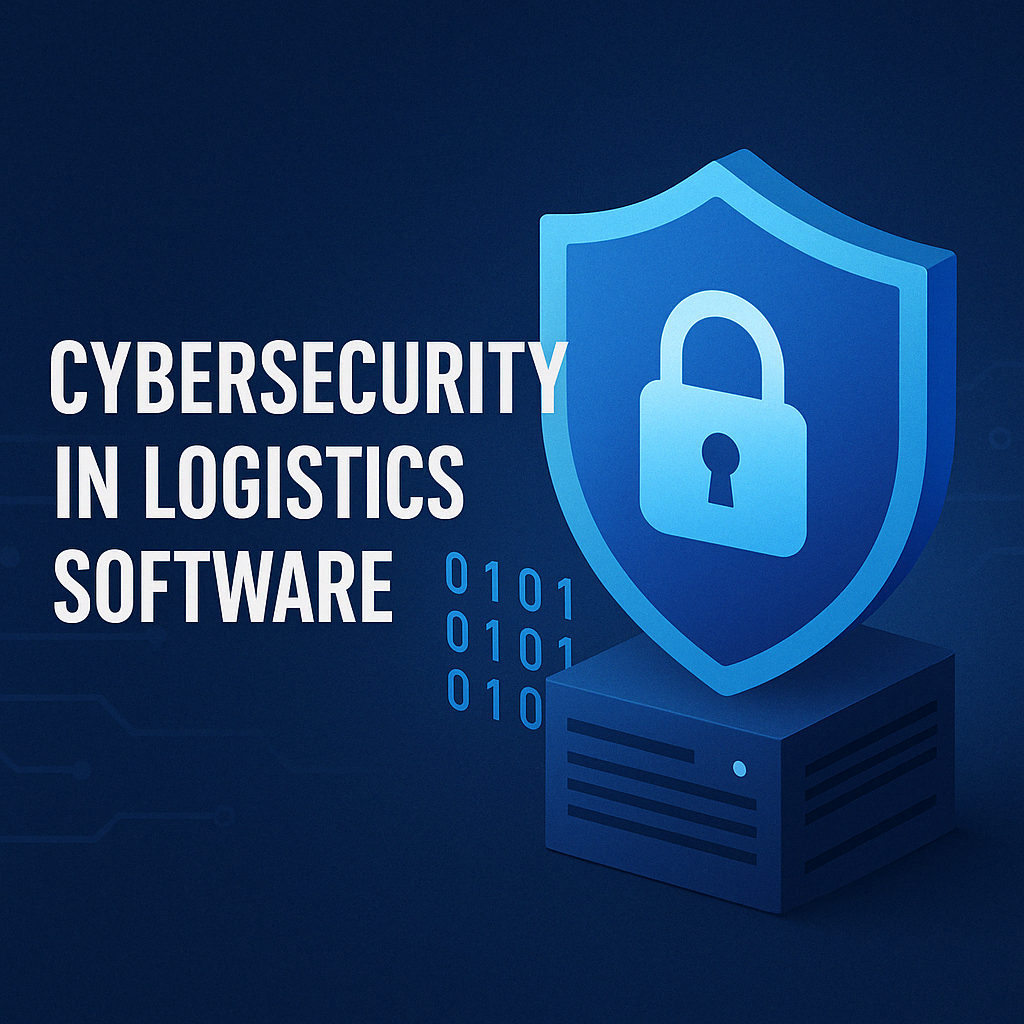Cybersecurity in Logistics Software: Protecting Your Data
As logistics becomes more digital, the industry faces a growing challenge: cybersecurity. Freight forwarders, 3PLs, and logistics providers rely on software systems to manage sensitive data—shipment records, invoices, customer documents, and financial details.
But with this convenience comes risk. Cyberattacks targeting logistics software are on the rise, and one breach can disrupt operations, damage client trust, and cause serious financial harm.

🚛 Why Cybersecurity Matters in Logistics
Logistics platforms handle critical data like:
- Client contact and payment details
- Shipment documents (BOLs, PODs, invoices)
- Carrier and customs information
- Internal SOPs and rate agreements
If this data is stolen or manipulated, the consequences can include:
- Shipment delays or rerouting
- Financial fraud or extortion (e.g. ransomware)
- Loss of customer confidence
- Regulatory fines for non-compliance (e.g. GDPR)
In short: data security is no longer optional—it’s essential.

⚠️ Common Cyber Threats in Logistics Platforms
1. Phishing Attacks
Fake emails impersonating carriers or clients to steal login credentials or introduce malware.
2. Ransomware
Hackers lock your files and demand payment to restore access.
3. Unauthorized Access
Weak passwords or lack of two-factor authentication (2FA) allow outsiders to access your system.
4. Data Breaches
Sensitive shipment or customer data is leaked, either from poor security practices or insider threats.
5. Cloud Misconfigurations
Improper setup of cloud infrastructure leaves platforms vulnerable to exploitation.

🔐 Key Cybersecurity Best Practices for Logistics Teams
✅ 1. Use Strong, Unique Passwords + 2FA
Require complex passwords and enable two-factor authentication for all users.
✅ 2. Encrypt Sensitive Data
Ensure all shipment, financial, and personal data is encrypted—both at rest and in transit.
✅ 3. Limit User Access
Set user roles and permissions so only authorized team members access certain modules.
✅ 4. Keep Software Updated
Regular updates and patches fix known vulnerabilities. Never skip them.
✅ 5. Monitor Activity Logs
Track who logs in, from where, and what changes they make. Flag suspicious behavior early.
✅ 6. Train Your Team
Most breaches come from human error. Train staff on phishing, password hygiene, and data handling.
✅ 7. Backup Frequently
Automated backups protect your operations in case of system failure or attack.
🧠 What to Look for in Secure Logistics Software
When evaluating logistics platforms, make sure they include:
- End-to-end encryption
- Cloud infrastructure with high availability and disaster recovery
- 2FA and access control settings
- Activity tracking and audit trails
- Regular vulnerability scanning
- GDPR or ISO 27001 compliance
- Secure APIs and integrations
Modern platforms like Linbis are designed with these protections in mind, helping logistics teams stay agile without compromising data security.

✅ Final Thoughts: Security Is Trust
In logistics, data isn’t just part of the operation—it is the operation. And your customers trust you to protect it.
Cybersecurity is no longer just IT’s job. It’s a shared responsibility across your team, software, and partners.
By adopting secure logistics platforms and following cybersecurity best practices, your business can stay fast, connected—and fully protected.
